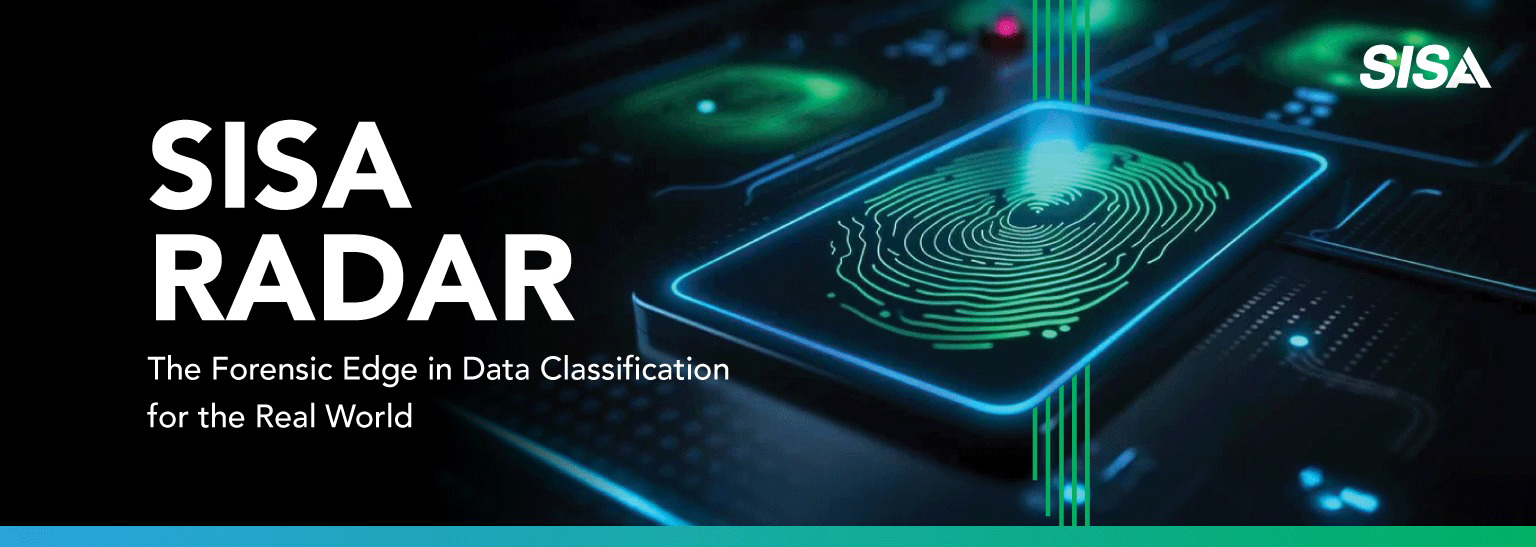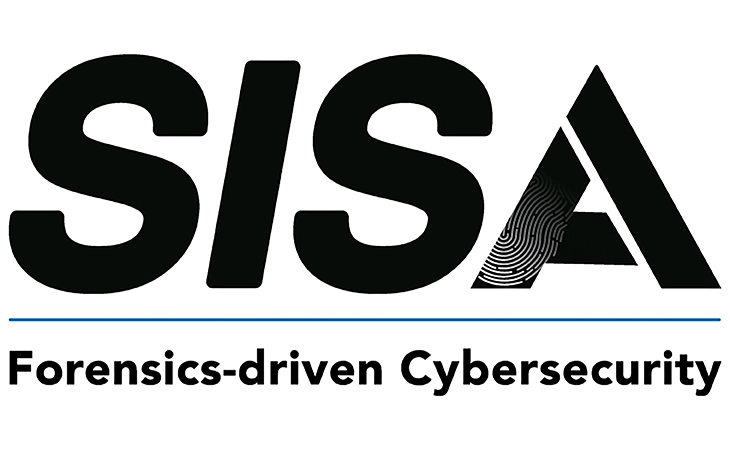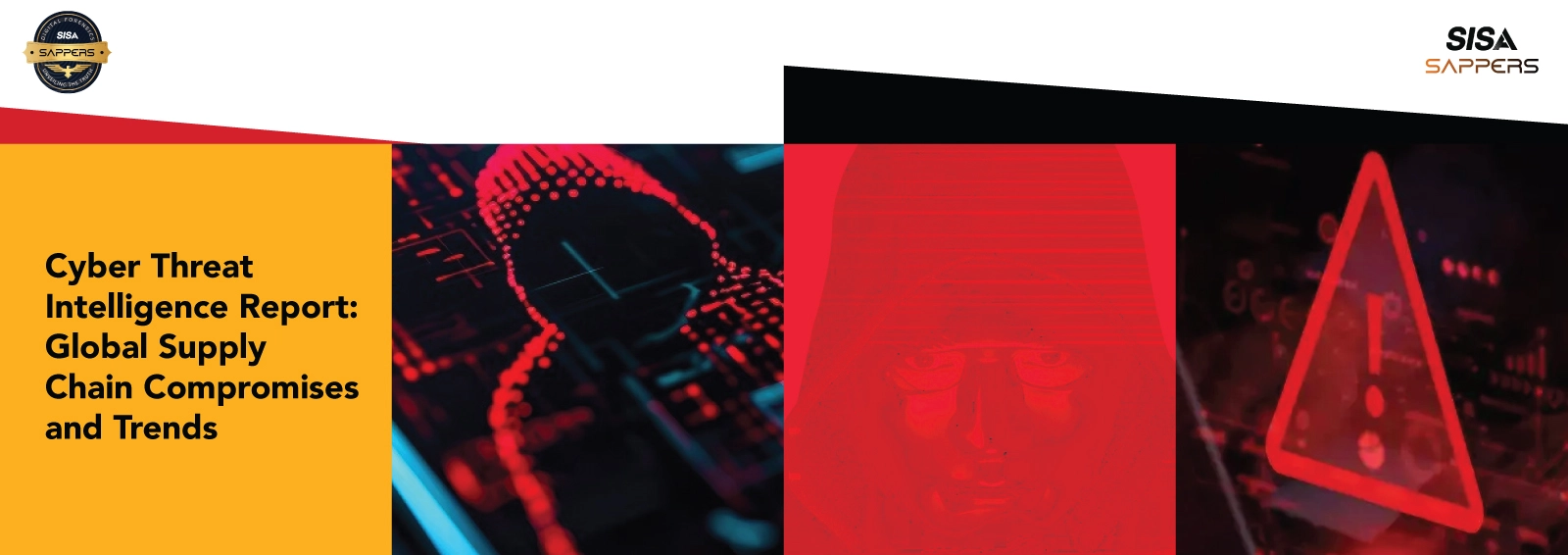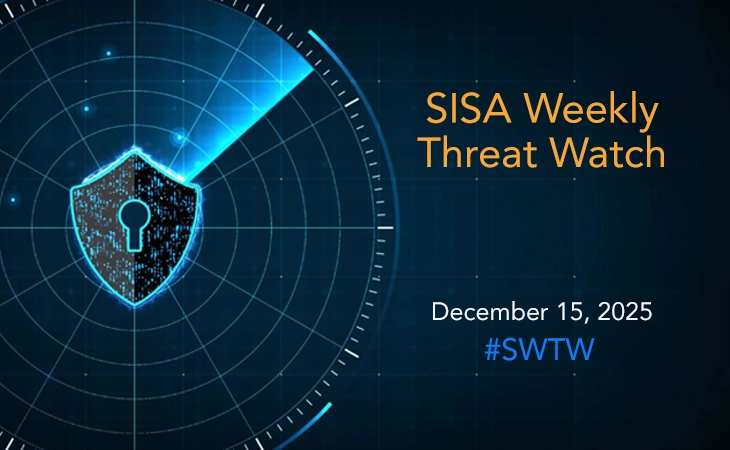Network Penetration Testing
Strengthen your network’s defenses by uncovering vulnerabilities with comprehensive Network Penetration Testing

Fortify your network
Dive deep into your network, pinpointing vulnerabilities before they become targets.

Spot security oversights
Discover hidden pitfalls like misconfigurations, weak access points, and lagging updates.

Measure defense efficacy
Gauge the strength of security barriers, from firewalls to intrusion prevention systems.

Prioritize risks intelligently
Determine the impact and probability of potential threats to implement effective security measures.

Uphold industry standards
Consistently demonstrate adherence to regulations, preserving trust with stakeholders and staying compliant.
Secure your organization’s network with expert penetration testing from reconnaissance to remediation

Reconnaissance:
Gathering insights
Mapping out your network, identifying vital elements like IP addresses and open ports to inform targeted testing.

Manual & automated scans:
Uncovering vulnerabilities
Using both cutting-edge tools and a hands-on approach to pinpoint vulnerabilities, ensuring no blind spots are left unaddressed for potential exploits.

Exploitation:
Attack simulation
Simulating real-world attacks to pressure-test your system, identifying weak areas requiring immediate attention.

Post-exploitation:
Testing resilience
Evaluating network resilience by solidifying access via backdoors, stealth accounts, and log alterations.

Reporting & remediation:
Actionable insights
Delivering a focused report on vulnerabilities and remedies, followed by a reassessment to confirm enhanced security.
Ensure network security with SISA’s tailored, multi-layered penetration tests for a resilient cyber defense
-
External penetration testing
Public facing IPs or URLs -
Internal penetration testing
Internal servers, desktops, or network devices
-
Segmentation penetration testing
Isolate and protect different parts of a network from each other
Uncover network and OS layer attacks including advanced threats and vulnerabilities
Network/OS Layer Attacks
- Network Hash Passing
- DNS Spoofing
- OS Weaknesses
- Man-in-the-Middle (MitM) Attacks
Layer 2 Attacks
- VLAN Hopping
- Mac Address Spoofing
- STP (Spanning Tree Protocol) Manipulation
- ARP Cache Poisoning
- Switch Architecture Weaknesses

Layer 3 Attacks
- IP Redirections
- Session Hijacking
- Session Replay
- Routing Attack
Advanced Attacks
- Protocol Fuzzing
- Zero-day Exploits
- Cryptographic Weaknesses
- Buffer Overflow
- Malware Propagation
- DNS Tunneling
Why choose SISA for Network Penetration Testing?
-
PCI SSC authorized Approved Scanning Vendor (ASV).

-
Accredited as PCI QSA, PA QSA, PCI ASV, P2PE-QSA, PFI, and VISA Approved PCI PIN Security Assessor.

-
Core PFI, proficient in investigating payment frauds in 40+ countries worldwide.

-
70+ certified penetration testers equipped with industry-standard certifications including CISSP, CISA, ISO 27001, OSCP, CPSA, ASV, eJPT, CRTP, CEH, and ECSA.

-
State of the art R&D facility using advanced tools for simulating diverse attack scenarios, rigorously testing security measures in a controlled environment.

-
CERT empaneled organization and a leading name in penetration audits.

-
Recognized by CREST for both penetration testing and vulnerability assessment services.

-
Integration of forensic-driven learnings into testing techniques.

Featured Insights

Beyond Compliance: The GCC’s (Gulf Cooperation Council) Shift Toward a Trust-Centric Data Privacy Regime
Explore the evolution of data privacy in the GCC. Learn how Saudi Arabia, the UAE, and other member states are aligning regulations on cross-border data transfers, AI, and enterprise governance.

What Is Penetration Testing? A Comprehensive Guide for Modern Enterprises
Learn what penetration testing is and how it protects modern enterprises. Our comprehensive guide covers pentesting types, methodologies like OWASP, essential tools, and best practices to secure your infrastructure.

Data Privacy 101: The Essential Guide to Modern Data Protection & Governance
Data Privacy 101 breaks down modern data protection and governance, covering key concepts, major regulations, privacy by design, risk assessments, controls, metrics, and best practices.
 USA
USA India
India APAC
APAC Middle East
Middle East Global
Global

 Facebook
Facebook Linkedin
Linkedin  X
X Youtube
Youtube








